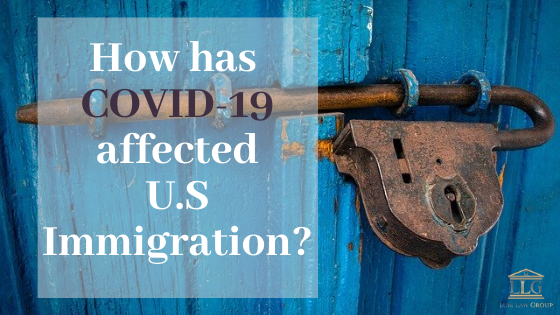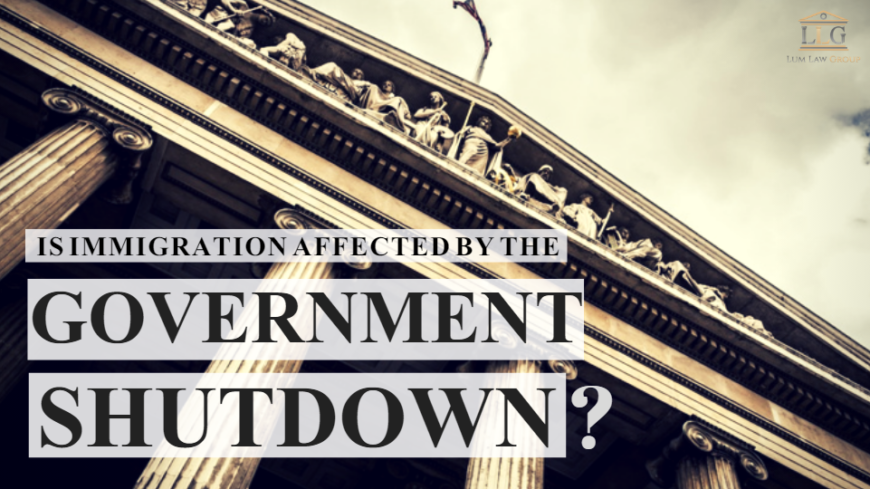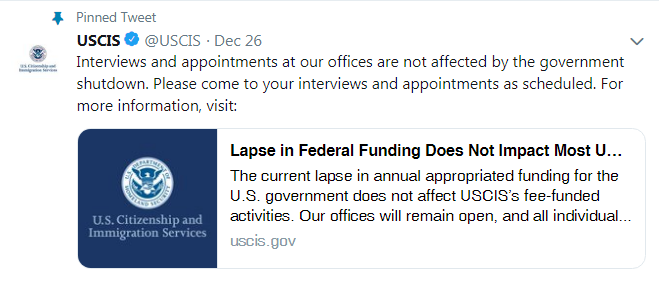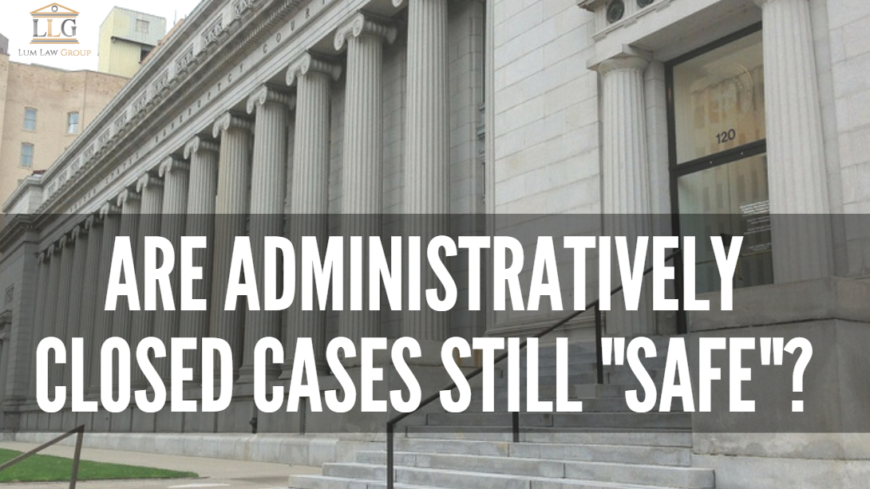How has Coronavirus affected U.S. immigration?
The COVID-19 pandemic has resulted in a halt in our daily lives, and significant (temporary) changes to the U.S. immigration system. In this article, we have compiled coronavirus related immigration changes by category, or circumstance. However, we do not go into specifics as it would depend on your individual situation and would require our attorneys’ review. Please contact our office if you’d like an experienced immigration attorney to review your specific circumstance.
COVID-19 Testing & Public Charge Rule
On March 13, 2020, the United States Citizenship & Immigration Services (USCIS) announced the “testing, treatment, nor preventative care (including vaccines, if a vaccine becomes available) related to COVID-19” does not fall under the public charge condition. Therefore, certain nonimmigrants seeking an to adjust status or to extend stay can still test and treat COVID-19 via publically funded programs such as Medicaid or Medi-Cal. In fact, USCIS encourages anyone with coronavirus symptoms to seek medical treatment or preventative services, promising it will not negatively affect a foreign national as a part of its future public charge analysis.
To read more about public charge, and what it usually entails, click here.
COVID-19 Caused Unemployment & Public Charge Rule
In the same breath, USCIS has confirmed that it generally does not consider unemployment insurance receipt as part of the public charge determination. Department of Homeland Security (DHS) stated it does not consider federal and state retirement, social security retirement benefits, social security disability, post-secondary education, and unemployment benefits as public benefits under the public charge inadmissibility rule. The reason is that these benefits are “earned” and to qualify for them one must have contributed via employment and specific tax deductions.
The USCIS policy manual for public charge inadmissibility determination also clearly states that unemployment benefits are an “earned” benefit are are not considered under this rule.
USCIS Office Closures
Since March 18, 2020, USCIS announced the cancellation of in-person visits until at least May 3, 2020. Check with your local office to see if they’re up and running, and whether you can reschedule your appointment, schedule a new appointment, and how to go about rescheduling.
Although in-person services with USCIS are halted, their lockbox is still open for receipt of applications and petitions. Unfortunately biometrics and medical exams cannot be scheduled at this time, which may delay the processing of any application or petition that requires finger printing or interviews. For example, the I-765 Employment Authorization renewal can still be mailed for processing, and USCIS has indicated it would process work permit renewals using previously taken finger prints.
On March 27, 2020, USCIS announced it will extend the deadlines to any Requests for Evidence (RFE) or Notice of Intent to Deny (NOID) dated between March 1st and May 1st, 2020 by sixty (60) days. This automatic extension also applies to Notices of Intent to Terminate (NOIT) and Notices of Intent to Revoke (NOIR). Certain field offices may have additional extensions that apply to even earlier notices. Check with your field office website or call the office for confirmation.
To contact USCIS, click here, or call (800) 375-5283. If you’d like assistance in the scheduling or rescheduling of your appointment, contact our office for advice.
ICE Office Closures
Immigration and Customs Enforcement (ICE) has announced that it will not be searching medical facilities, such as hospitals, for illegal immigrants.
Due to COVID-19, detention centers no longer allow “social” visitors to visit detainees.
Whether or not your specific field office is open, and whether you need to check-in depends on the location and your individual situation. If you have questions, please contact your designated office. If you need assistance in determining whether you need to make the visit, or someone to accompany you, please contact our office.
Immigration Court Closures
The Executive Office of Immigration Review (EOIR), or immigration court, in Los Angeles is currently only open for detainee hearings and filings. If you have a pending case with the immigration court, and are not sure where you stand, you can contact the court or our office for additional support.
Finally, refugee entries have been restricted, and the asylum agreement with Guatemala has been stopped for the time being. If you have questions regarding how COVID-19 has affected your particular circumstances, do contact our office to speak with an experienced immigration professional.






